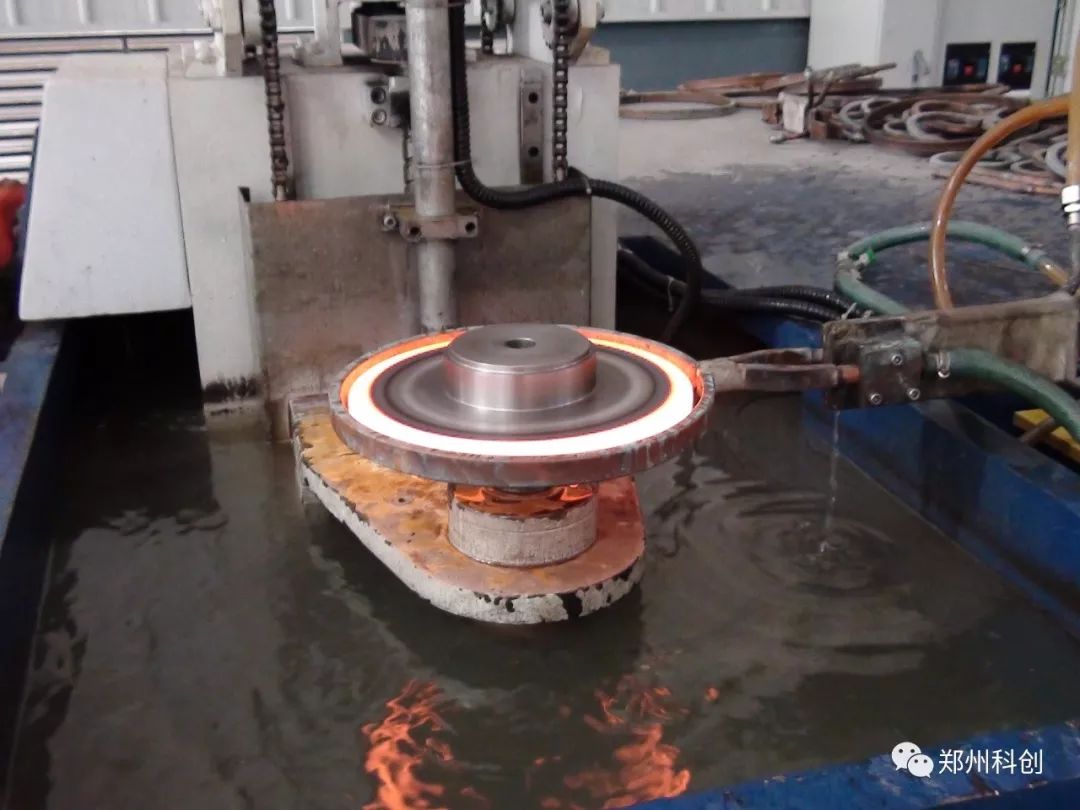Why do we need the mixed dual-frequency Application?
Mixed dual-frequency technology is applied to gear hardening
Why do we need the mixed dual-frequency Application?
In order to achieve uniform heating depth, different parts of the workpiece need different frequencies during High frequency induction heating machine heating when heating the surface of non-uniform cylindrical devices. When the gear is induction hardening, the gear surface is heated by high frequency induction. The heat generated by induction current is rapidly transmitted in the crown. The crown is completely hardened, but the root is not hardened enough. And it is easy to increase residual stress in the root of the tooth, which leads to root fracture. Using medium frequency induction heating gear surface, heat conduction in the root. Because of the concave shape of the tooth root, the heat decreases exponentially in the process of conduction to the tooth crown, and finally the tooth root is effectively hardened. However, the crown is not hardened enough and its service life is insufficient. A typical case of high-frequency heating crown.
Meaning of mixed dual frequency
In order to overcome the above two disadvantages, it is necessary to heat the gear surface uniformly during the heating and quenching process. We can’t do that with high or medium frequency heating alone, so we developed a hybrid dual-frequency induction heating technology, which can output both high and medium frequency to the load terminal, which is the sensor.
In this way, high frequency current and power frequency current flow through the inductance at the same time, and the gear surface also induces high frequency and middle frequency. The high frequency heats the tooth crown, the middle frequency heats the tooth root, and the tooth crown and root are uniformly heated at the same time. After quenching, relatively uniform hardened layer can be obtained, and the residual stress is small and uniform, and cracks are not easy to occur after quenching.
Advantages of mixed dual frequency
Medium and high frequency output heating simultaneously
Medium and high frequencies can be used separately
DSP high speed processor, fast control
Precise control of power and energy
Very fast processing
The hardened layer has good imitation effect
Deformation is small
Almost no oxidation
Digital and analog interfaces



